What Actually Happens if You STARE a Cat Right in the Eyes?
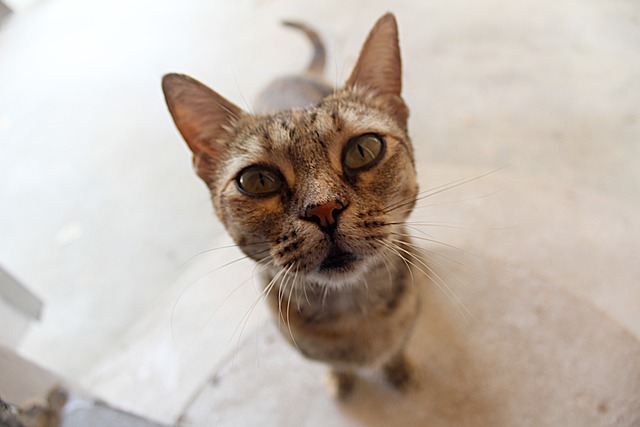
Ever wondered what happens if you stare a cat in the eyes?
Maybe you've heard rumors of scratches and bad luck.
But hey, who needs another cat tale, right?
Let's dive into the truth, shall we? 😺
Potential Dangers of Staring a Cat in the Eyes
Prolonged eye contact with cats can trigger their aggressive instincts, especially if they have existing health issues. Bored cats may resort to self-destructive behaviors like excessive staring. Instead, provide mental stimulation through toys and playtime activities for a more enjoyable experience for both you and your feline companion.
Starting off with a harmless cat staring contest might not seem like a big deal, but it can actually lead to some serious consequences.
Here's the lowdown.
Cats interpret direct eye contact as a threat, so if you engage in a prolonged gaze, you might unintentionally activate their aggressive instincts.
Now, let me tell ya, you definitely don't want those sharp claws and teeth coming at you, do ya?
But that's not where it ends.
Certain cats already have existing health issues such as dysautonomia, hypertension, or feline cognitive impairment. And guess what?
These conditions leave them even more susceptible to feeling intimidated by excessive staring.
So, if you persistently stare them down for extended periods of time, don't be surprised if they snap back defensively.
Yikes!
However, there's still more to consider.
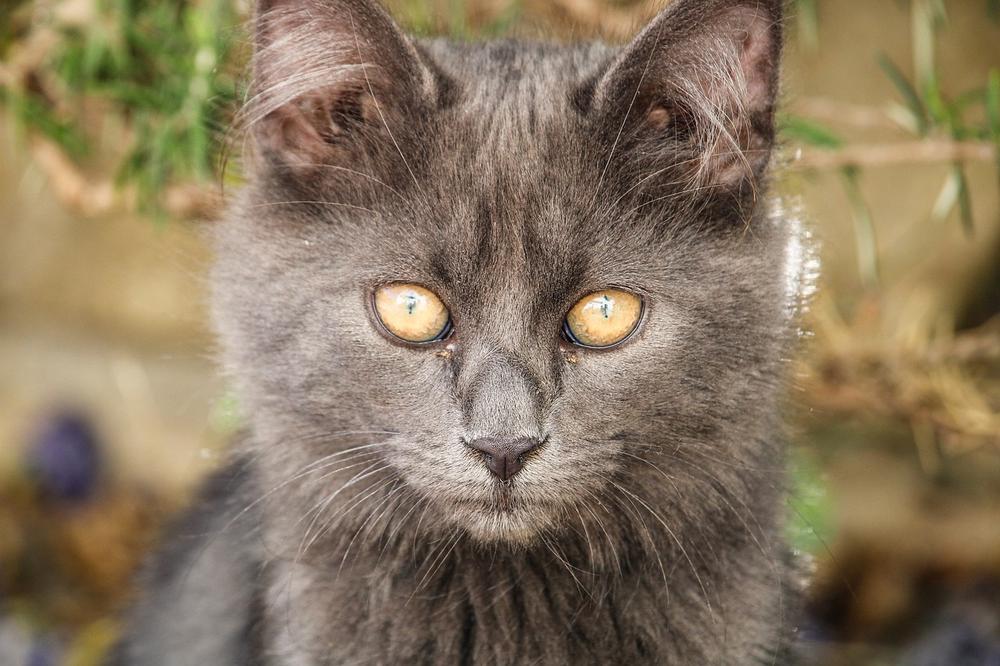
When cats become bored, they may resort to self-destructive behaviors.
One such behavior?
You guessed it - excessive staring.
You see, without sufficient mental stimulation, they resort to aimless gazing, longing for something exciting to capture their attention.
Instead, why not skip the intense eye contact and keep your beloved feline entertained with toys or engaging playtime activities?
Trust me on this one, both you and your furry companion will derive much more enjoyment from these alternatives. 😺
But here's something you might find surprising:
Prolonged eye contact with a cat can reveal signs of stress that may indicate anger and readiness for aggression.
Curious to know more?
Let me fill you in on the fascinating world of feline body language when engaged in eye contact.
So, why do cats show different pupils and tense body language during prolonged gaze?
You won't believe how they communicate through their eyes!
The Signs of Stress in Cats: How Prolonged Eye Contact Can Impact Them
If stressed, your cat's eyes may reveal dilation or constriction of the pupils.

When engaging in eye contact with another feline, cats show signs of tension through their body language.
Their intense focus and alertness during these interactions signify a heightened level of stress. The dilation or constriction of their pupils can signal anger and readiness for potential aggression. Observe these cues carefully to understand your cat's emotional state and respond accordingly.
Understanding Cat Body Language and Eye Contact
Cats use eye contact to communicate their mood and intentions. Direct eye contact can be seen as confrontational, so it's best to use peripheral vision and keep your gaze soft. Pay attention to their pupils, as they reveal their emotional state. Understanding cat body language is key.
Ever wondered why cats give you that unwavering stare?
I’ll let you in on a secret:
They’re trying to have a conversation with you, without saying a single word.
You see, feline eye contact speaks louder than any meow or purr.
It’s their way of expressing themselves and letting you in on their mood and intentions. Their eyes are like windows into their furry little minds.
And here’s the thing:
Cats don’t blink as much as we do.
So, when they lock eyes with you, it’s a powerful form of communication. That intense stare might mean they want to play, show some affection, or even signal that something's not right.
But, surprise surprise, cats aren’t fans of direct eye contact. To them, it’s a threat, kinda confrontational.
So, keep your gaze soft and avoid staring straight into their eyes.
Show respect by using your peripheral vision to acknowledge them while keeping your eyes relaxed.
Trust me, they appreciate it.
One more thing - pay attention to their pupils.
They reveal a lot about their state of mind.
Wide eyes suggest they're awake, or maybe encountered something dangerous.
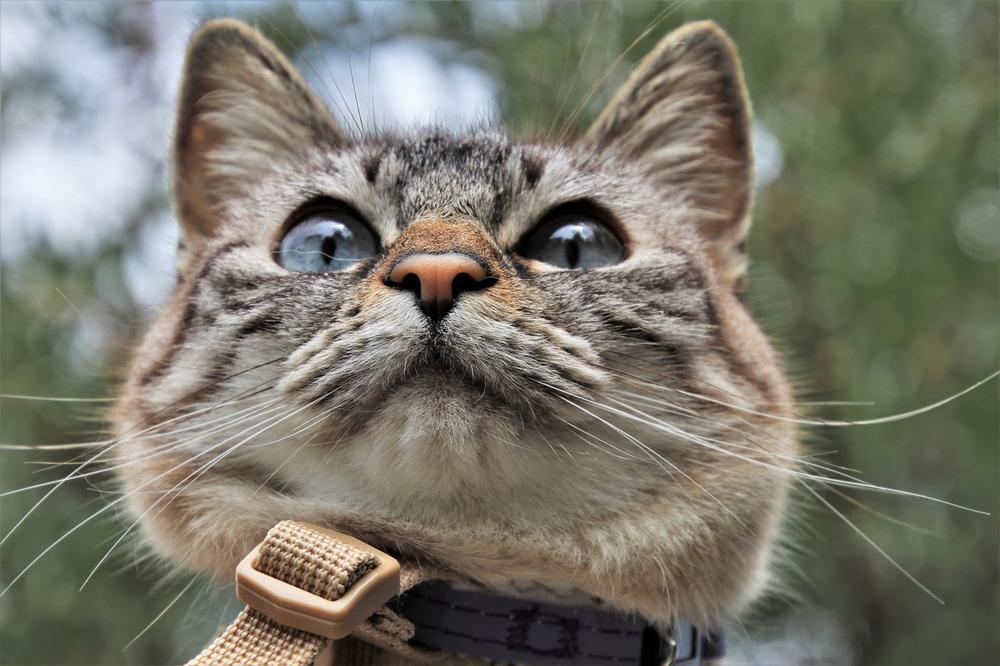
Dilated pupils mean fear or excitement, while narrowed ones indicate readiness for a fight.
By simply observing how relaxed they look, you can get an idea of their emotional state. Half-opened eyes mean contentment, while dilated pupils could mean they’re extra excited or feeling a bunch of love for you.
Now, let’s talk about those mesmerizing cat eyes.
Those vertical slits enhance their night vision—they’re like mini flashlights giving them 3D superpowers.
Listening to what your cat's eyes are saying is vital to understanding their needs and emotions.
It’s a glimpse into their world—where communication goes beyond mere meows and purrs.
Oh, by the way, have you ever witnessed two cats locked in a staring contest?
That’s not just some friendly game.
It's a power struggle to determine who’s the boss cat. The one who breaks eye contact first surrenders, but if neither blinks...
Let's just say things could get intense pretty quickly. Swatting and wrestling matches ensue until one kitty claims dominance.
So there you have it.
Now that you’re privy to the language of cat eyes, you’ll finally know what your feline friend is really trying to tell you.
But here's the thing that might surprise you...
Direct eye contact with cats can actually be quite dangerous.
Want to know why?
Keep reading to uncover the potential dangers and reasons behind staring at a cat in the eyes...
Why Cats May Find Eye Contact Threatening
Direct eye contact with cats can be perceived as a challenge for dominance.
Yep, you got it right!
Looking straight into your cat's eyes might not go down so well.
It's like daring them to a stare-down battle.
Cats have their own set of rules, you know.
And this is one of the things they take super seriously
They see staring eyes as a form of intimidation and rivalry.
So if you lock them in a gaze, you might just make them fearfully angry.
But here's the kicker...
It's not just domesticated cats that feel uneasy about our bold stares.
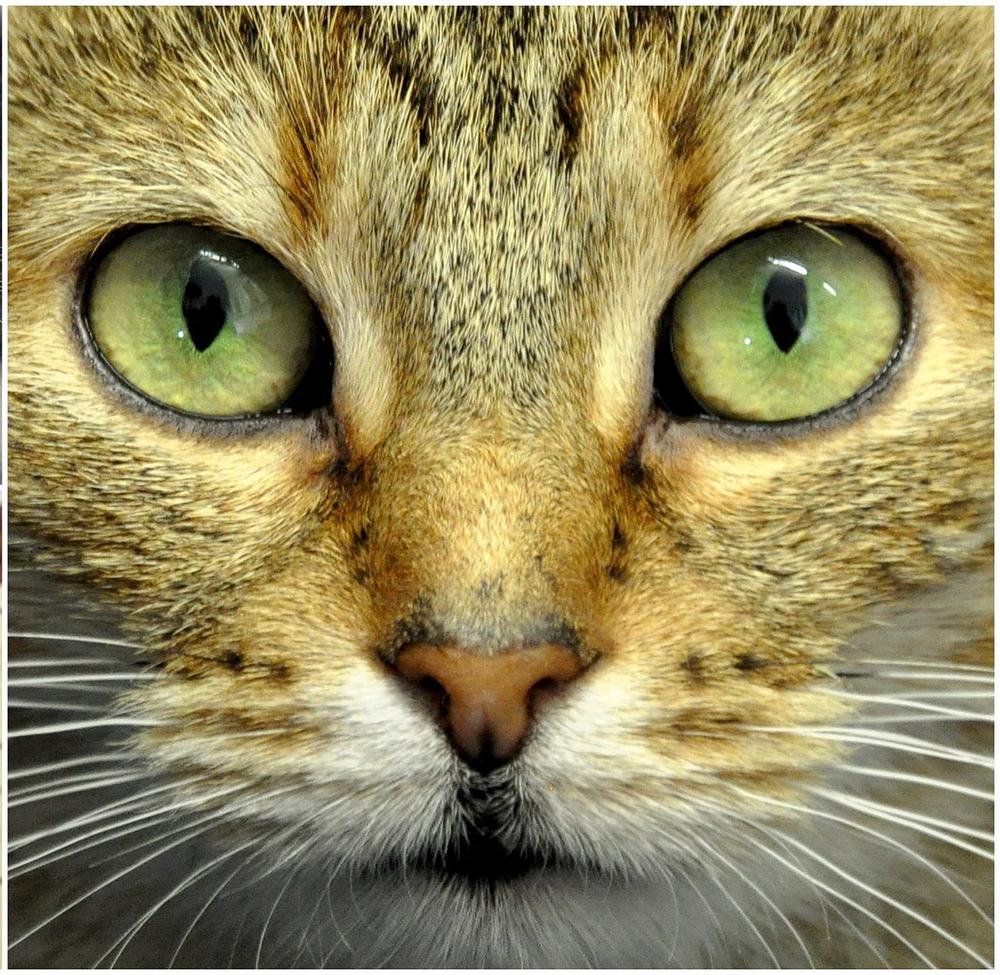
Even those badass stray cats out there share the same sentiment.
Funny how some things unite kitties, huh?
Whenever cats get hit by direct eye contact, they can't help but feel challenged in their dominance.
That's when discomfort kicks in.
So, remember, my dear reader, if you want to keep your cat calm and comfy around you, it might not be a bad idea to focus those eyes elsewhere every now and then.
Save yourself from any misunderstandings and maintain a positive vibe with your feline friend.
And if you're wondering why cats may slap you with their tail, well, you're not alone.
It's a common behavior that can leave you perplexed.
If you're looking for answers, I've got a handy guide just for you.
Discover insights into why your cat may be communicating or trying to play with you in my article, Why Does My Cat Slap Me With His Tail.
Explore the reasons and gain a better understanding of your feline companion's unique ways.
How to Safely Interact With Cats Through Eye Contact
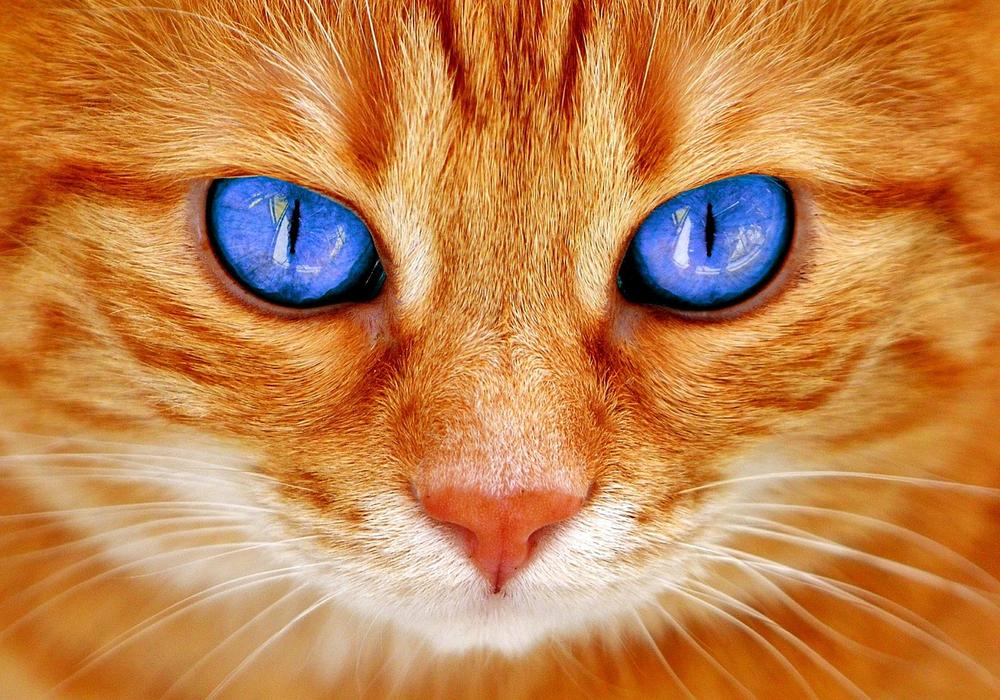
If you want to safely interact with cats using eye contact, here are 11 tips that you should bear in mind:
- Make sure you understand the gestures and signals that cats use.
- Show your love and reassurance by slow blinking at your cat.
- If you want to signal that you mean no harm, try mimicking a slow blink or giving a wink.
- When your cat blinks at you, make sure to return the slow blink.
- Use eye contact as a way to build trust and establish a connection with your cat.
- Keep your cat entertained by providing stimulating play options like laser pointers or interactive games.
- Mix it up between games where your cat can catch something and laser pointer games.
- Invest in indoor cat trees that they can climb on and scratch.
- Consider getting drinking fountains to ensure your cat stays hydrated.
- Enhance their overall well-being by getting them scratcher loungers.
- To develop a strong bond with your cat, combine eye contact with interactive measures.
The Importance of Respecting a Cat's Personal Space
Respecting a cat's personal space is crucial.
You see, allowing cats to approach you for affection on their own terms helps them feel more comfortable and secure.
Cats value their personal space and may not want to be picked up or hugged, so you should respect their boundaries.
Instead, let them come to you when they feel ready for affection, ensuring that they feel comfortable.
But that's not the only thing you should PLEASE keep in mind.
Cats have a strong dislike for certain smells, like lemons and oranges, so using neutral-smelling cleaning products and detergents is crucial to prevent deterring them from using their litter trays or certain areas.
Maintaining a familiar environment for cats involves rotating their bedding to maintain their scent.
Oh, and here's something interesting:
If your cat closely follows you or stares at you during daily activities, it may indicate boredom and a desire for attention.
So, it's important that our interactions with cats promote respect and avoid rude or threatening behaviors.
To sum it all up:
- Let cats initiate affection.
- Respect their personal space.
- Use neutral-smelling products.
- Maintain a familiar environment.
- Recognize signs of boredom and give attention accordingly.
With these tips, you'll have a happier and more content feline friend.
Respecting Cats: Eye Contact and Personal Space
Key Takeaways:
- Staring at a cat in the eyes can lead to aggressive behavior, attacks, and health issues.
- Cats with underlying ailments like dysautonomia or feline cognitive impairment may exhibit excessive staring.
- Cats may perceive prolonged eye contact as predatory behavior, leading to aggression.
- Cats resort to excessive staring when deprived of mental stimulation.
- Prolonged eye contact between cats causes stress, indicated by constricted pupils.
- Cats communicate through eye contact and prefer non-threatening owners.
- Different pupil sizes convey various emotions and states in cats.
- Staring at cats can scare and anger them, as they see it as hostile.
- Understanding cat gestures and signals can improve interactions.
- Cats express love through slow blinking, which humans can imitate.
- Laser pointers should be used sparingly to prevent frustration.
- Mimicking sleepy eyes, slow blinking, and returning slow blinks can build trust.
- Cats value personal space and prefer to approach for affection on their own terms.
- Avoid using strong-smelling cleaning products that cats dislike.
- Maintaining a familiar environment and providing mental stimulation prevents boredom.
And that wraps up today's article.
If you wish to read more of my useful articles, I recommend you check out some of these: Why Does My Cat Wait Outside the Bathroom, Why Is My Cat Obsessed With My Face, Can a Pregnant Cat Mate Again, and Why Does My Cat Bite My Face
Talk soon,
-Sarah Davis